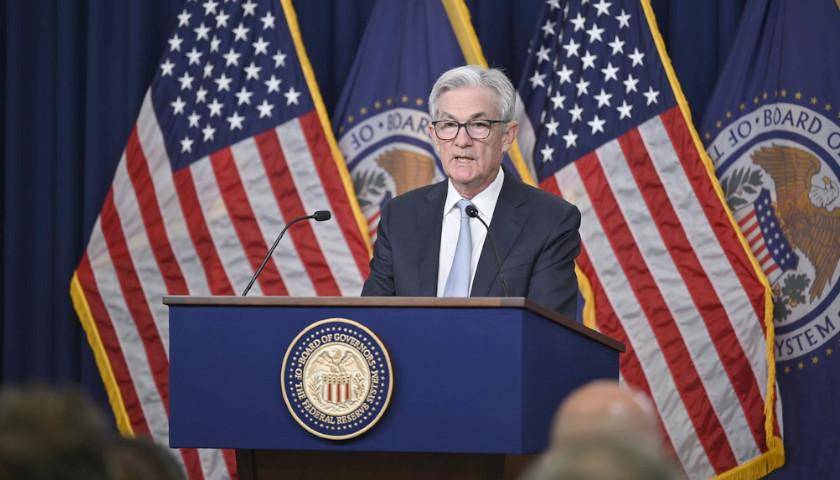Inflation ticked down slightly year-over-year in June as rising prices continue to weigh on average Americans’ finances, according to the latest Bureau of Labor Statistics (BLS) release on Wednesday.
The consumer price index (CPI), a broad measure of the price of everyday goods, increased 3.0 percent on an annual basis in June and decreased 0.1 percent month-over-month, compared to 3.3 percent in May, according to the BLS. Core CPI, which excludes the volatile categories of energy and food, remained high, rising 3.3 percent year-over-year in June, compared to 3.4 percent in May.
Read More








